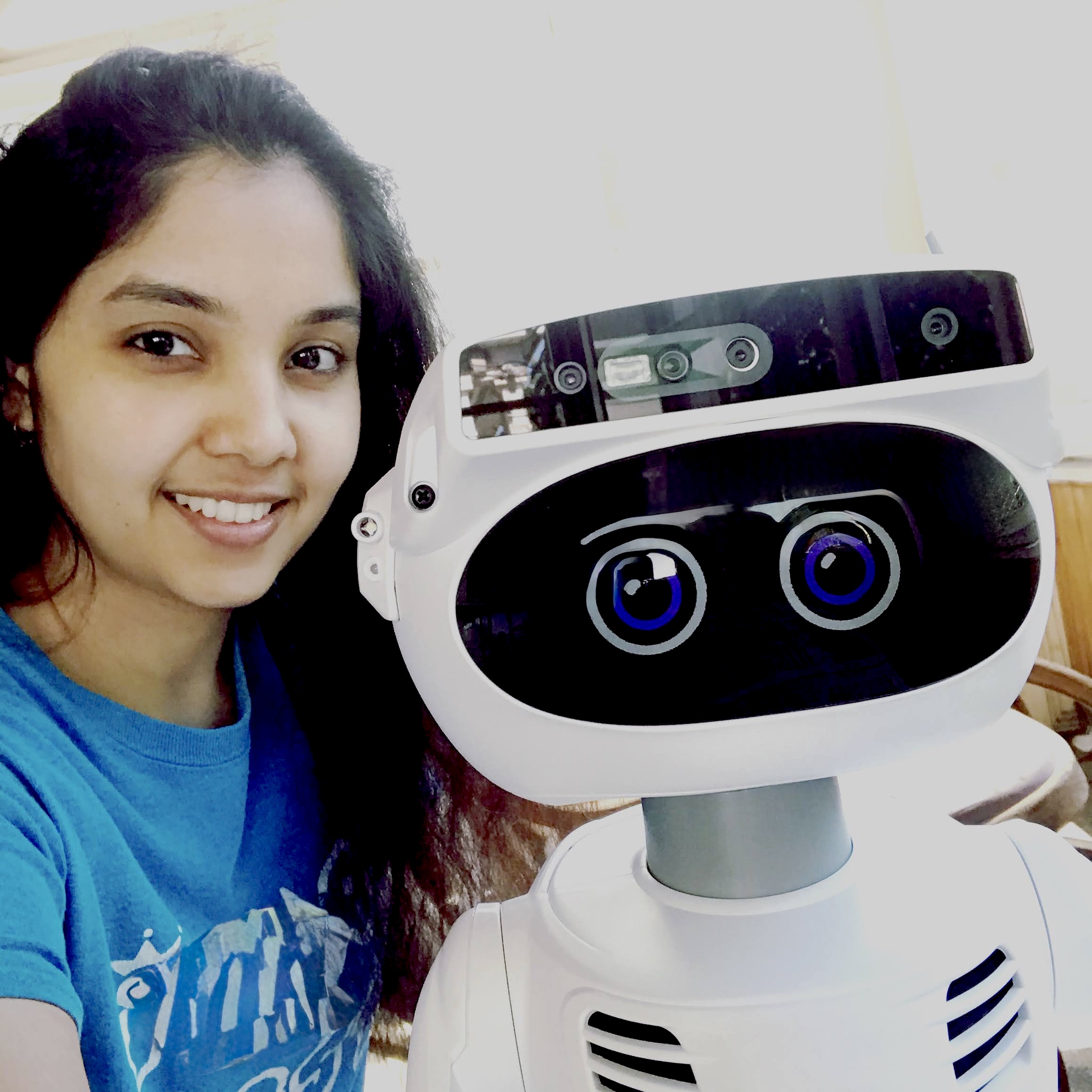My research work explores how topological features influence planning difficulty, intending to create generalizable methods for safe and scalable robot autonomy. I have contributed to building roadmap-based planners, analyzing their completeness and optimality, and extending them to complex, high-dimensional environments for mobile robots and manipulator arms. Through my research, I tried finding answers to three key questions:
How can a robot adapt to the dynamics of a changing environment? I applied a reinforcement learning technique that allows the robot to learn the heterogeneity of the environment and use a tailored sampling method for each identified homogeneous space, achieving an 8x performance improvement over state-of-the-art methods.
How to efficiently train a robot using only crucial features of the environment? I applied Topological Data Analysis (TDA) methods (such as Vietoris-Rips complex, discrete Morse theory) to extract the topological features of the environment necessary to plan safe and near-optimal paths (i.e., eliminates the redundant or unnecessary data). The outcome showed better computational performance and memory usage when applied to high-dimensional motion planning problems.
Can a robot determine when it cannot complete a task using the topological properties of the space? I employ hypercubes to map the topology of the in-collision subspace, which assesses the feasibility of a path between the start and goal positions. I use Brent's method to identify the intersections of the hypercubes with this subspace. I employ simplicial complexes and persistent homology to verify that no viable path exists, thereby confirming the disconnection between the start and goal.
